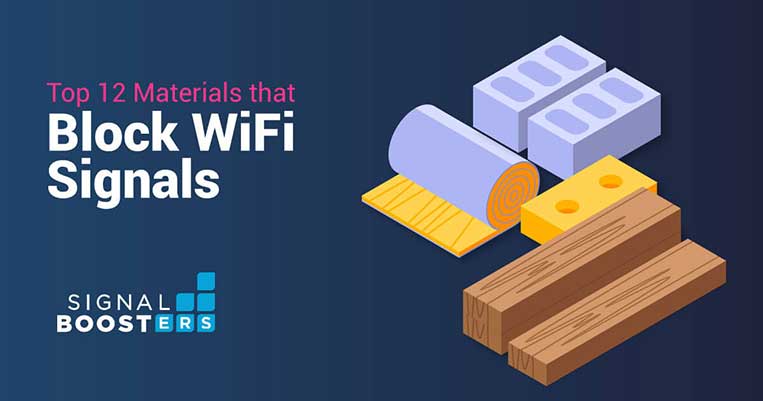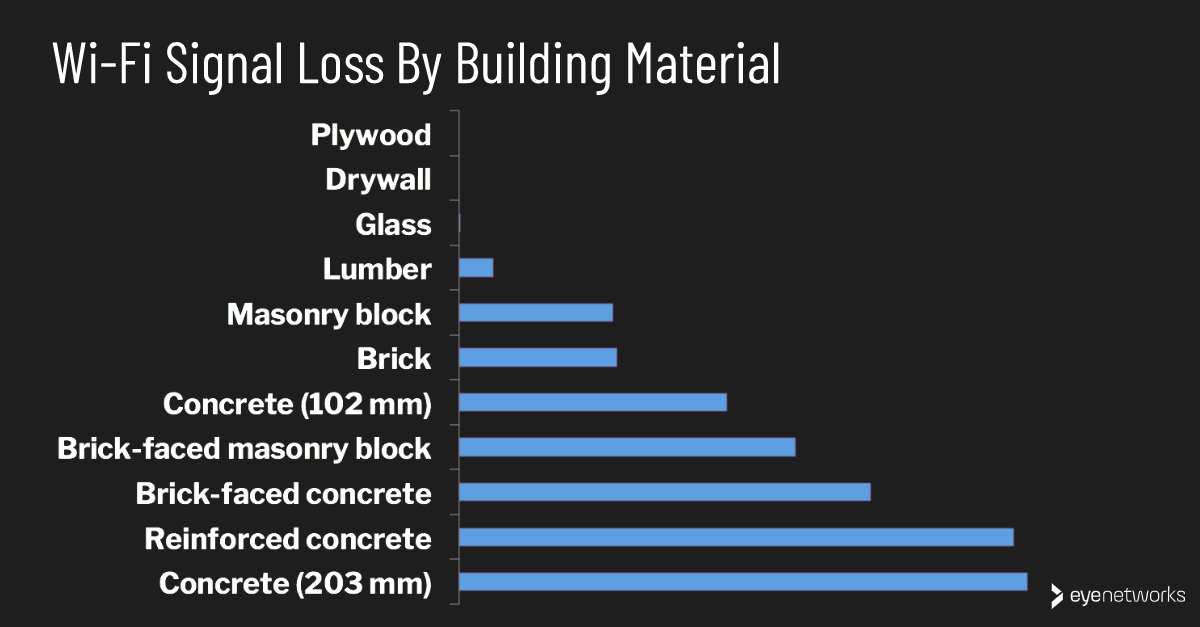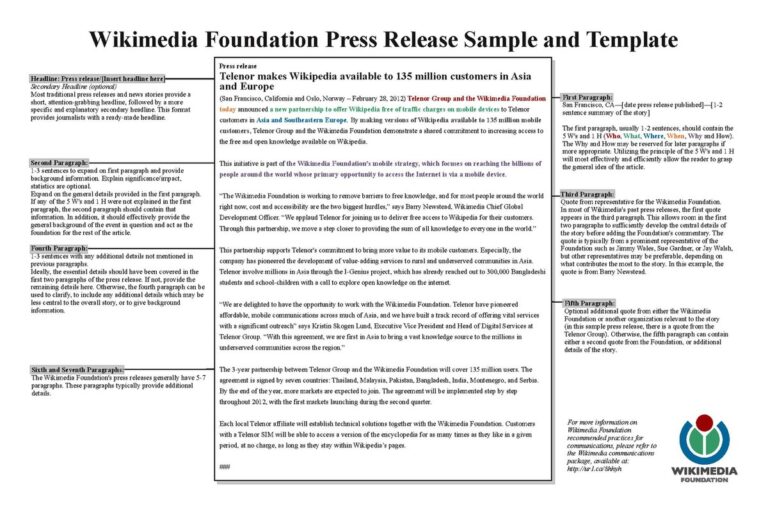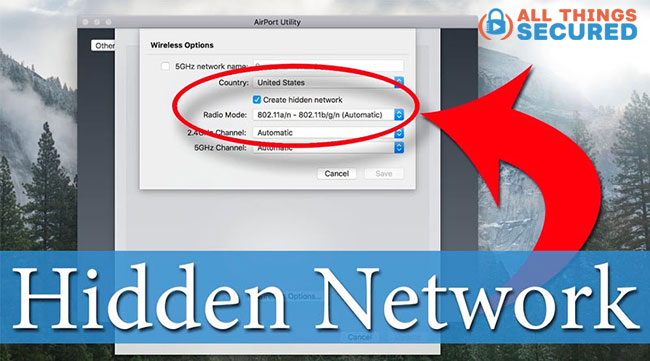What Materials Block Wi-Fi Signals?
Wi-Fi signals are used to transmit data wirelessly from one device to another, but there are certain materials that can interfere with them. These materials, such as brick, concrete, and metal, can block Wi-Fi signals, resulting in a weaker connection. Additionally, there are certain types of electromagnetic interference that can affect Wi-Fi signals, such as radio and TV signals. To ensure that Wi-Fi signals remain strong, users should keep their router away from any of these materials, as well as any other sources of interference.
Types of Materials That Block Wi-Fi Signals
Wireless communication is becoming increasingly popular and wireless signals such as Wi-Fi are becoming an integral part of our lives. While wireless signals are incredibly useful, they can also be blocked by certain materials. Understanding what materials block Wi-Fi signals can help ensure that users get the best possible wireless experience.
The most common materials that block Wi-Fi signals are metal, water, brick, and concrete. These materials are denser than air and thus can absorb the wireless signal. Additionally, certain paints, fabrics, and materials used in buildings can also interfere with Wi-Fi signals.
The thickness and composition of the material is also important when it comes to blocking Wi-Fi signals. For example, thin metal sheets may not be effective at blocking signals, whereas thicker sheets of metal, such as those used in steel-framed buildings, can be more effective.
When it comes to water, it is important to note that even a shallow puddle can block a wireless signal. If a wireless signal has to travel through several inches of water, it will be severely weakened. Brick and concrete, on the other hand, have a greater capacity to absorb Wi-Fi signals.
In addition to materials, distance is also an important factor when it comes to blocking Wi-Fi signals. The farther away the signal source is from the receiver, the weaker the signal will be. Similarly, obstacles such as furniture, walls, and other objects can also block or weaken Wi-Fi signals.
In conclusion, materials such as metal, water, brick, and concrete can block Wi-Fi signals. Additionally, thickness and composition of materials, distance, and objects in the way can also affect Wi-Fi signal strength and quality. Being aware of these materials and factors can help ensure that users get the best possible wireless experience.
How Wi-Fi Signals are Blocked by Different Materials
.
When it comes to blocking Wi-Fi signals, it’s important to understand the different materials that can be used. Depending on the material used, Wi-Fi signal strength can be reduced or even completely blocked. Below, we’ll discuss some of the most common materials used to block Wi-Fi signals, and how they affect the signal strength.
Metal is the most effective material for blocking Wi-Fi signals. Metal reflects and absorbs the radio waves emitted by Wi-Fi routers, reducing the signal strength. This means that if you place a metal object, such as a metal filing cabinet, between your router and the device you’re using, the signal may be blocked or weakened.
Concrete and brick are also effective at blocking Wi-Fi signals. These materials absorb the radio waves, reducing the signal strength. However, the thickness of the material can make a difference in how much the signal is weakened. For example, a thick concrete wall might block the signal completely, while a thin brick wall might only reduce the signal strength.
Finally, water is another material that can block Wi-Fi signals. When the radio waves pass through water, they are scattered and absorbed, reducing the signal strength. This means that if you live in an area with a lot of water, such as near a lake or ocean, the signal may be weakened.
Knowing the materials that block Wi-Fi signals can help you determine the best way to keep your network secure and improve signal strength. By understanding the materials that can affect the signal, you can take steps to ensure that your Wi-Fi connection is as strong as possible.
Common Household Materials That Block Wi-Fi Signals
In today’s digital world, Wi-Fi signals have become a necessary part of our day-to-day lives. But there are certain materials that can interfere with the strength or range of the signal, making it difficult to stay connected. To understand what materials can block Wi-Fi signals, let’s first take a look at how a Wi-Fi signal works. Wi-Fi is a type of radio wave that transmits data between two or more connected devices. However, certain materials can obstruct the signal, making it difficult to stay connected. Some of the most common materials that can block a Wi-Fi signal include walls, metal objects, and even fish tanks. Walls are a major obstruction for Wi-Fi signals, as they are often made of solid materials like brick, drywall, and concrete. Metal objects like filing cabinets can also block signals if they are placed directly in the path of the router’s signal. Additionally, water can also be a major obstacle for Wi-Fi signals. Fish tanks, aquariums, and other water-filled objects can absorb or deflect the signal, causing slowdowns or connection issues. Fortunately, there are ways to work around these obstructions. The best option is to use a Wi-Fi extender, which will help amplify the signal and provide better coverage. Additionally, using a router that supports the latest Wi-Fi standards can also help improve the signal. By understanding how Wi-Fi signals work and which materials can block them, you can take steps to ensure you stay connected in your home.

How to Reduce Wi-Fi Signal Interference
Wi-Fi is the most widely used technology for internet connection, but it is not always reliable. Interference from other electronics, objects and materials can block Wi-Fi signals, leading to a slow connection or even a complete disconnection. Fortunately, there are multiple ways to reduce or completely eliminate this interference.
The most common way to reduce interference is to rearrange objects and electronics within the home. Objects like walls, furniture and other electronics can block Wi-Fi signals, so moving them around can help improve the connection. It is also important to keep the router away from any electronic devices that may cause a disturbance, like microwaves, baby monitors, and Bluetooth speakers.
Another way to reduce interference is to use a dual-band router. This type of router allows for more flexibility, as it can switch between two different frequencies. This makes it easier to find the frequency with the least interference. It is also important to make sure that the router is not too far away from the device connecting to the internet. The closer the router is to the device, the better the connection will be.
Finally, investing in a Wi-Fi range extender can help boost the signal strength and reduce interference. Range extenders can help extend the range of the Wi-Fi signal to areas of the home that may be too far away from the router.
By using these methods, one can reduce or completely eliminate Wi-Fi signal interference. This will not only help improve the connection, but also provide a better overall experience while surfing the internet.
How to Test for Wi-Fi Signal Interference
Wi-Fi signals can be blocked by a variety of materials, including metal, stone, wood and water. To determine whether these materials are blocking your Wi-Fi signal, you can perform a simple test. Start by disconnecting all Wi-Fi devices and then moving the materials around your home or office. If your Wi-Fi signal gets better when a material is moved or removed, then you can assume that it was blocking your signal. If you’re still having trouble with your Wi-Fi signal, you may need to purchase a Wi-Fi signal booster or check your router settings. Testing for signal interference can help you find out what materials are blocking your Wi-Fi signal and how to fix the issue so you can enjoy a strong, reliable connection.
Troubleshooting Tips for Wi-Fi Signal Blockage
Wi-Fi signals are vital for businesses, homes, and even public spaces. But what happens when your Wi-Fi signal is blocked? That can be a major hassle. Fortunately, there are a few troubleshooting tips you can try to get your Wi-Fi signal up and running again.
Physical barriers like walls and furniture can cause Wi-Fi signal blockage. To get around this, make sure your router is in an open area, away from any physical obstructions that might be blocking your signal. Additionally, you can invest in a Wi-Fi extender or repeater to boost your signal and cover a wider area.
Another potential cause of Wi-Fi signal blockage is interference from other electronic devices, like microwaves, baby monitors, and cordless phones. If you suspect that one of these devices is interfering with your Wi-Fi signal, try turning it off and see if that helps.
Finally, if your Wi-Fi signal is still blocked, it could be due to outdated hardware. Consider investing in a new router or access point that is specifically designed for your needs.
By following these tips, you can help make sure your Wi-Fi signal is strong and reliable.
FAQs About the What Materials Block Wi-Fi Signals?
1. What type of materials are best for blocking Wi-Fi signals?
A: Metal, such as aluminum, is the best material for blocking Wi-Fi signals. Thick walls and multiple layers of building materials can also help block Wi-Fi signals.
2. Can Wi-Fi signal blockers be purchased online?
A: Yes, there are many Wi-Fi signal blockers available for purchase online. They are typically made of metal or specially designed to block Wi-Fi signals.
3. How effective are Wi-Fi signal blockers?
A: Wi-Fi signal blockers can be very effective at blocking Wi-Fi signals depending on the material and strength of the signal. It is important to understand the strength of the signal in order to determine the best type of blocker to purchase.
Conclusion
In conclusion, a variety of materials can block Wi-Fi signals, including brick and concrete walls, metal, water, and certain types of glass. In addition, certain types of furniture, such as desks and bookcases, can also block Wi-Fi signals. Therefore, in order to improve Wi-Fi reception and ensure the best connection possible, it is important to consider the materials and objects that may be blocking the signal.





